在中国的 一些比较高档的住房里,我们看见卫生间里除了有常见的抽水马桶之外,还配置了坐浴盆,如下图所示。
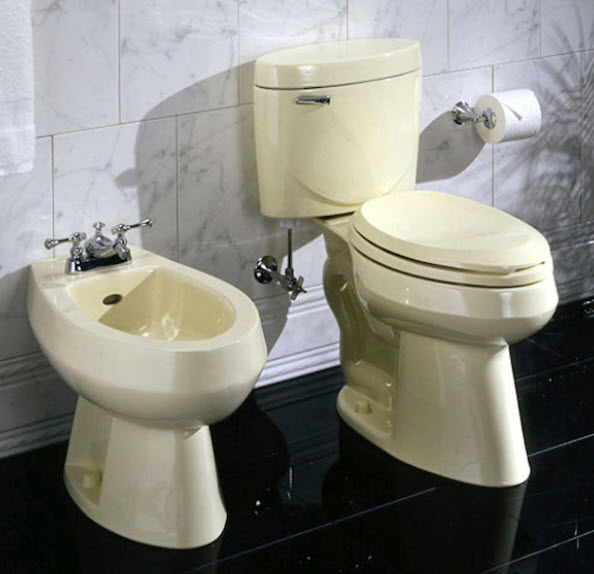
其实,这样的坐浴盆并不是中国的发明,它的使用应该是起源于欧洲。
坐浴盆的英文名字叫Bidet,这个词来源于意大利语,是“小马”的意思,大概是因为人们使用它时采取跨坐姿势,就像骑在一个小马上。下图就是一个欧洲的古董坐浴盆。
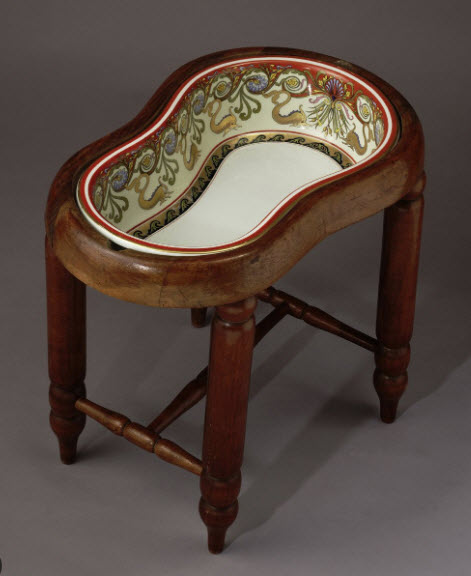
很多欧洲国家和地区,还有一些东亚,及阿根廷等南美国家,习惯于使用坐浴盆。更有一些欧洲国家,法律规定每个配有马桶的浴室都必须配备坐浴盆。但这在美国却是个例外,美国的住房建筑标准是不配置坐浴盆的。
在美国,就是一些高档豪宅,如果购买者没有特别的要求,卫生间也只有抽水马桶而没有坐浴盆。
第一次见到坐浴盆,并弄清它的作用以后,心里有一种嘲笑的声音,认为它是盲肠或扁桃腺之类的多余之物。昨日河东今日河西,随着年纪的增长,越来越认识到坐浴盆确实是一种对人的健康有益的家庭设备。
年轻时常被痔疮搅扰,一位消化科医生告诉我,“坚持每次便后都清洗,会使这种烦恼降低百分之八,九十!”自从实践了他的建议,知道这是金玉良言。在没有坐浴盆的情况下,像很多人那样使用普通水盆,蹲下去解决。
然而随着年纪的增长,特别是过了七十,因为腰功和腿功的退化,深度下蹲的能力日益减弱,实践这金玉良言越来越困难。在清洗的盆子下面垫放的小凳子越来越高,不小心弄翻,水淹卫生间的场景时常出现。
现代的冲便马桶盖,确实在很大程度上解决了以上问题,因而十分流行,例如在日本所有的马桶都配备了冲便马桶盖。但是对这个日常生活的重要环节上要求较高的人,不太会满足“自动化”而是想追求质量更有保证的“手动化”,
坐浴盆的吸引力依然很强的,至少对我是这样。
新安装一个坐浴盆实在是太麻烦,需要撤墙刨地,安管道扩空间,有点不值。我四处寻搜有这种功能的产品,没有能满意的,于是决定自己做一个。下图就是最近根据自己的条件和要求制作的一个,算是1.0版本,
以后根据使用感受和他人评论还会不断改进。
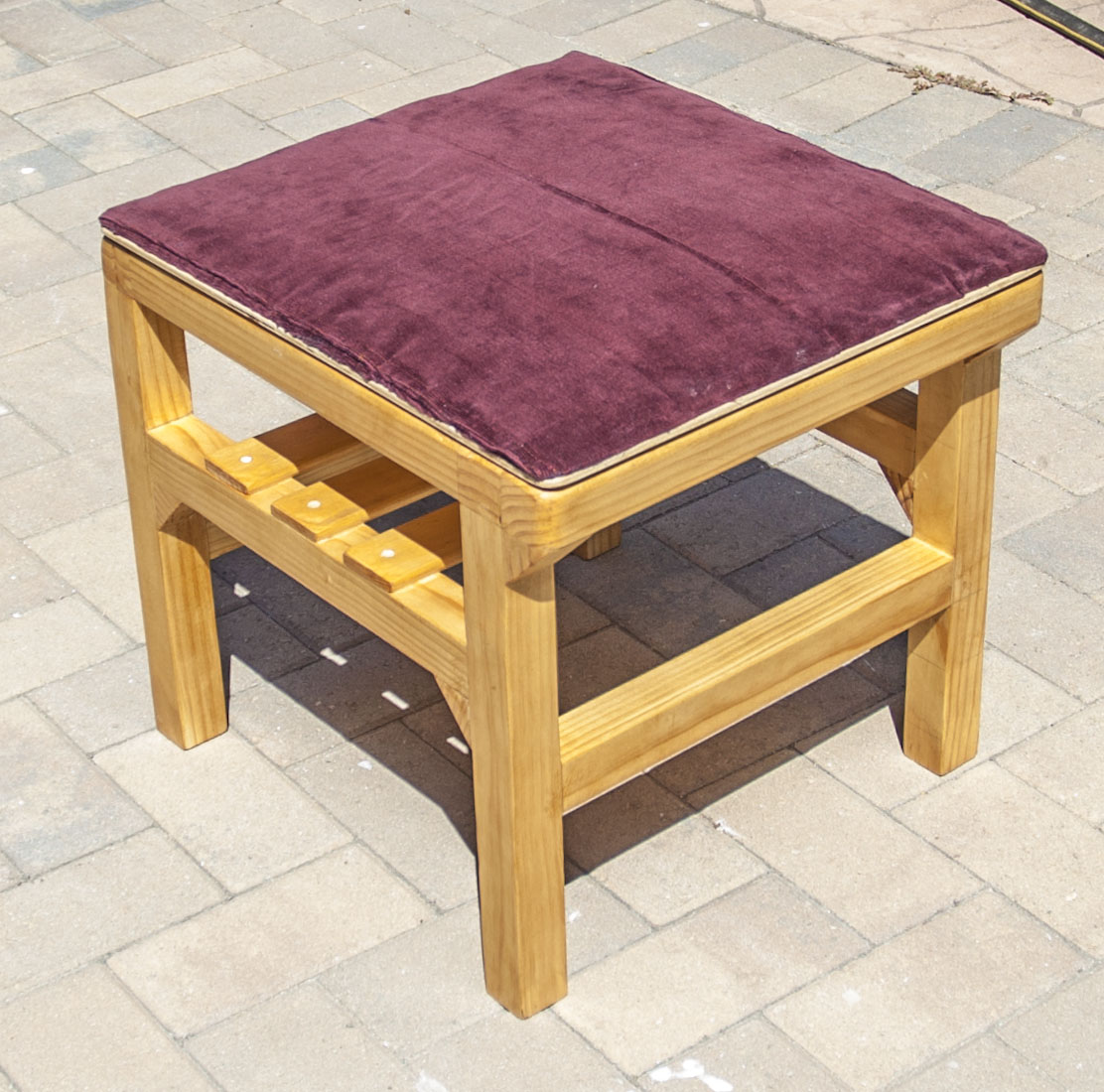
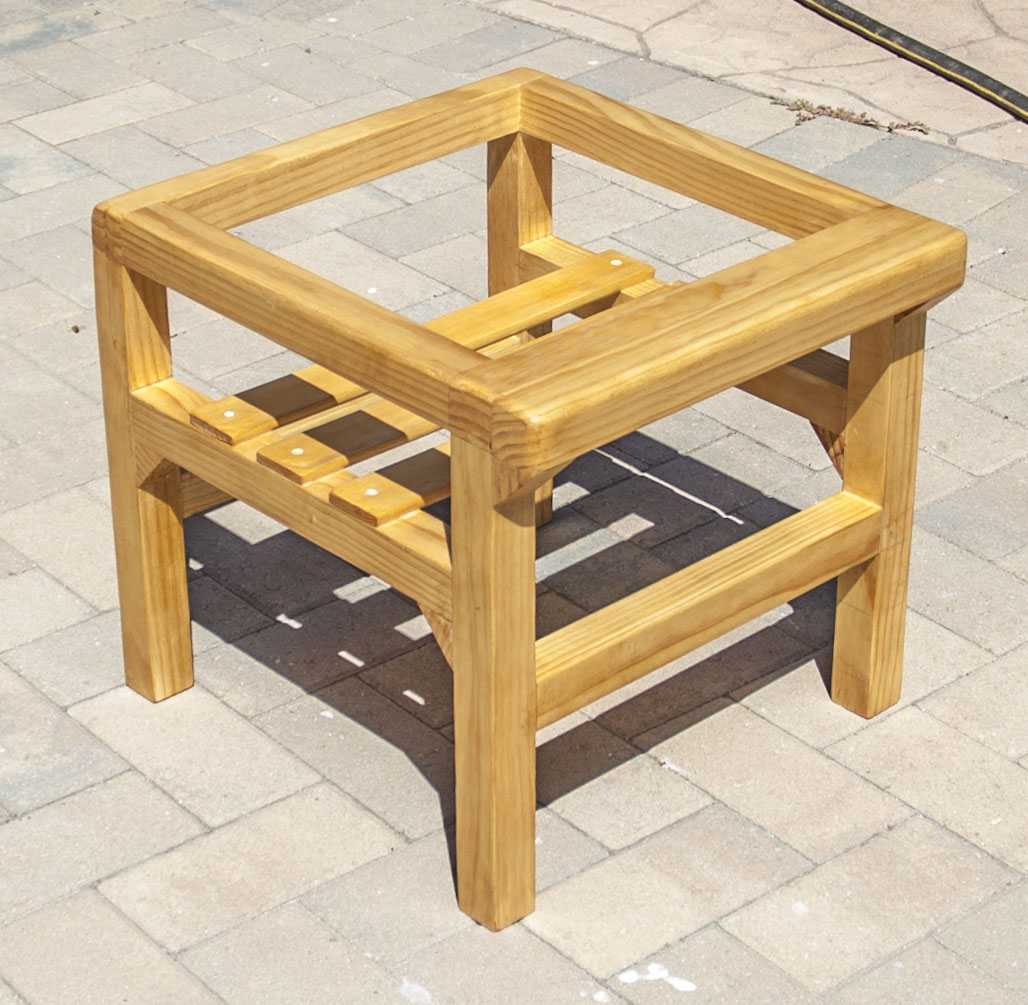
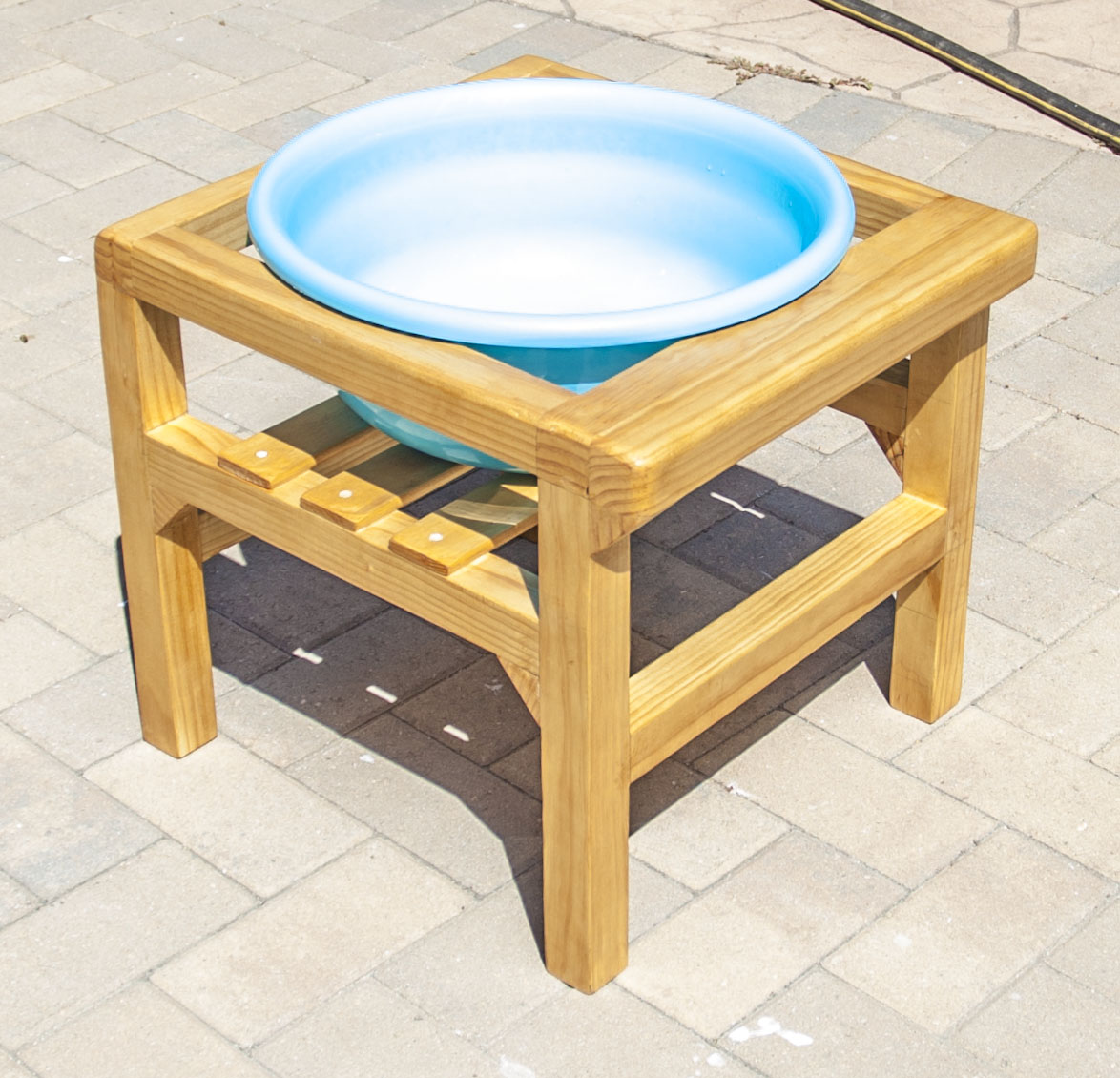
下面是妻和我关于这个产品的一段对话。
我:
看来我们或小孩以后买房子,卫生间一定要定制洗浴盆啊。
妻:
我看也不必。增加这个设备有不少弊端:1. 如果买新房,必须和建筑商事先提出要求,修改设计图。这样你的整个卫生间的设计布局要重搞,费事费钱还不一定满意;如果是买旧房,增加这个设备更难,你需要要加管道,打通墙壁,
如果你家里的三,四个卫生间都要搞,工程量相当大。2. 市面上出售的陶瓷洗浴盆,尺寸都是一定的,不一定合符每个人的要求。3. 每天几次往这个陶瓷上坐,有多难受你也是知道。相反,你的这款老人乐,方便灵活,使用简单,
什么地方都可以放,很有中国特色,用它足够了!是不是申请一个专利啊?
(2024年6月)
------------English Version ---------------
DIY:The Elder’s Favorite
In some of the more upscale residences in China, we see that in addition to the common flush toilets, the bathrooms are also equipped with bidets, as shown in the picture below.

In fact, such equipment was not invented in China, and its use should have originated in Europe.
The English name of the equipment is Bidet, which comes from Italian and means "pony", probably because people use it in a straddle position, like riding on a pony. The picture below is
an antique European bidet.

Many European countries and regions, as well as some East Asian and South American countries such as Argentina, are accustomed to using bidets. In some European countries, the law
requires that every bathroom with a toilet must be equipped with a bidet. But this is an exception in the United States, where the housing construction standards do not require bidets.
In the United States, even in some high-end luxury homes, if the buyer does not have special requirements, the bathroom only has a flush toilet and no bidet.
When I first saw a bidet and understood its function, I laughed at it and thought it was a superfluous thing like an appendix or tonsils. However, as I get older, I realize that bidets
are actually a kind of household equipment that is beneficial to people's health.
When I was young, I was often troubled by hemorrhoids. A gastroenterologist told me, "If you insist on washing after every bowel movement, this trouble will be reduced by 80 to
90 percent!" Since I put his advice into practice, I know it is good advice. In the absence of a bidet, I squat down to use an ordinary basin like many people do. However, as I get older,
especially after I passed 70, my waist and leg strength deteriorate, and my ability to squat deeply is weakened, making it increasingly difficult to practice this good advice. The small
stool under the basin for washing is getting higher and higher, and it is often accidentally overturned, and the scene of the bathroom flooding often occurs.
Modern electronic bidet toilet seats have indeed solved the above problems to a large extent, and are therefore very popular. For example, all toilets in Japan are equipped with electronic bidet toilet seats.
However, people who have high requirements for this important activity of daily life are not satisfied with "automation" and want to pursue "manualization" with better quality assurance. The
appeal of bidets is still very strong, at least for me.
Installing a new bidet is really troublesome. It requires removing walls, digging the ground, and installing pipes to expand the space. It's not worth it. I searched everywhere for products
with this function, but couldn't find anything satisfactory. So I decided to make one myself. The picture below is one I made recently according to my own conditions and requirements. It
is considered version 1.0. I will continue to improve it based on user experience and other people's comments.



Below is a conversation between my wife and me about this product.
Me:
It seems that when we or our children buy a house in the future, we must have bidet in the bathroom.
Her:
I don’t think it’s necessary. There are many disadvantages to adding this equipment: 1. if you buy a new house, you must make a request to the builder in advance and modify the design drawings. In this way, the design and layout of your entire bathroom will have to be redone, which is time-consuming and costly, and you may not be satisfied; if you buy an old house, adding this equipment is even more difficult. You need to add pipes and break through the walls. If you have three or four bathrooms in your home, the project is quite large. 2. The dimensions of the ceramic bidet on the market is fixed, and it may not meet everyone’s requirements. 3. You know how uncomfortable it is to sit on this ceramic several times a day. On the contrary, your product is convenient and flexible, easy to use, and can be placed anywhere with Chinese characteristics. It is really enough to use it!
Do you want to apply for a patent?
(June 2024)